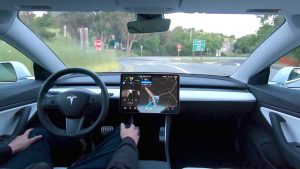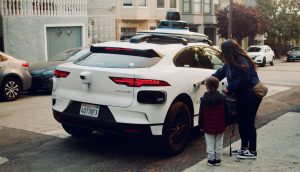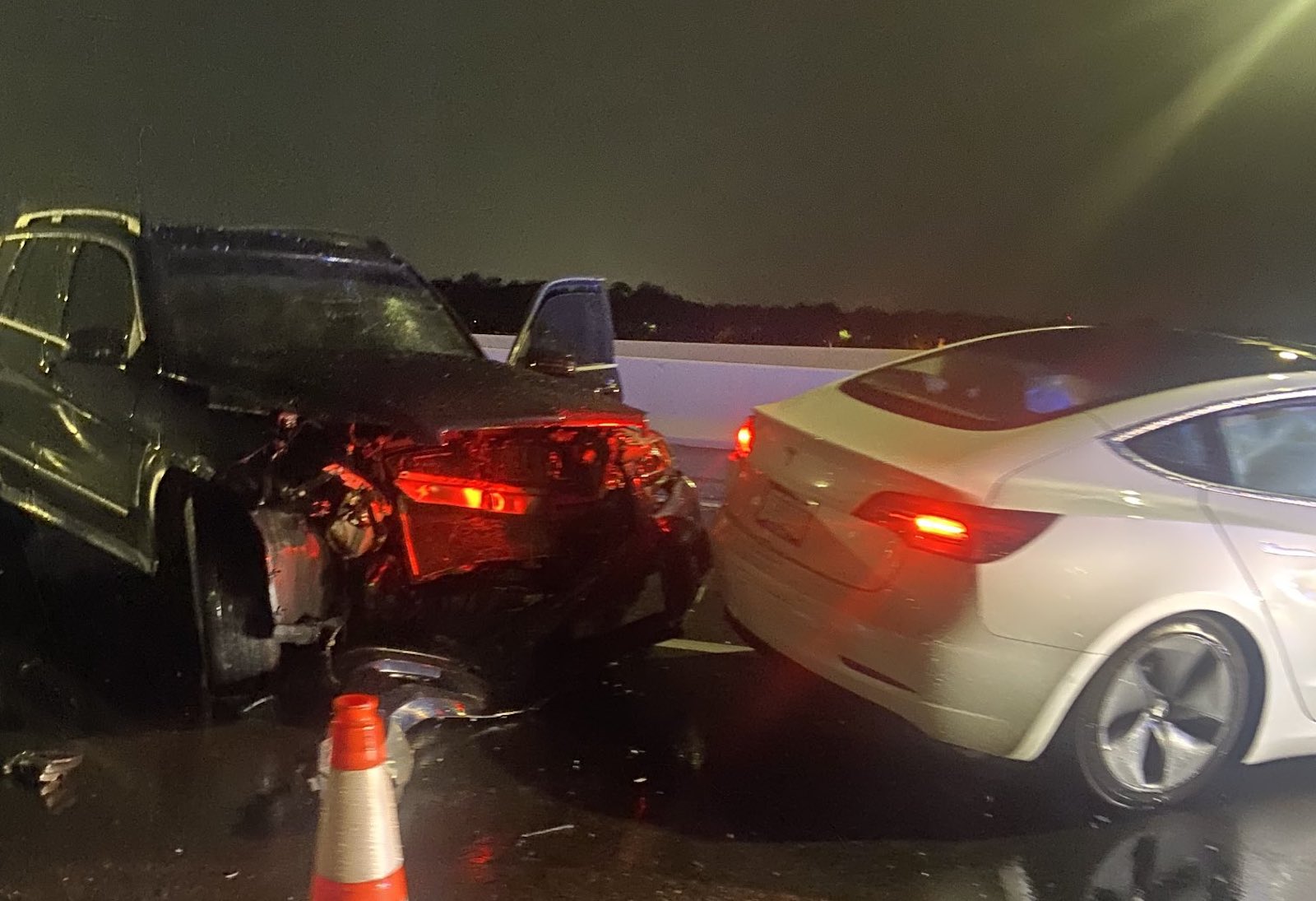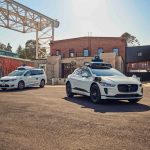Under the guise of unleashing “American ingenuity,” the Trump administration eased some of the rules regarding the development and testing autonomous vehicles. Among the changes, automakers will not be required to report certain types of crashes involving their self-driving cars.

Transportation Secretary Sean Duffy says the newest update to crash reporting involving autonomous and Level 2 vehicles will aid in development.
The most notable change is to the types of vehicles must report crashes to the National Highway Traffic Safety Administration. Under the new rules, many of the collisions Tesla Inc. has been reporting for years will no longer be required starting June 16, according to the recently amended Standing General Order.
Vehicles using Level 2 semi-autonomous technology, such as Tesla’s Full Self-Driving are exempt from reporting several types of non-fatal crashes. According to the amended order, automakers aren’t required to report any crash that does have a fatality, hospitalization, airbag deployment or involve another “vulnerable road user,” according to the amended order.
“By streamlining the SGO for Crash Reporting and expanding an existing exemption program to domestic vehicles, we are enabling AV manufacturers to develop faster and spend less time on unnecessary process, while still advancing safety,” said NHTSA Chief Counsel Peter Simshauser, in a release. “These are the first steps toward making America a more welcoming environment for the next generation of automotive technology.”

Vehicles using Level 2 semi-autonomous tech, such as Tesla’s full self-driving, are exempted from reporting certain crashes now.
Why the change?
USDOT officials said the move is designed to accelerate the development the technology by implementing “key safety standards” and eliminating inconsistencies that occur with state laws and regulations.
Transportation Secretary Sean Duffy noted time is of the essence when it comes to the creating a viable, reliable and affordable autonomous vehicle.
“This Administration understands that we’re in a race with China to out-innovate, and the stakes couldn’t be higher,” Duffy said. “As part of DOT’s innovation agenda, our new framework will slash red tape and move us closer to a single national standard that spurs innovation and prioritizes safety.”
More Safety News
- Ford Looks to Address Quality Issues with New Leader
- Tesla is America’s Deadliest Automotive Brand, New Study Shows
- Ram Recall is 44th This Year for Stellantis
New rules mean what?

The rising — albeit slowly — comfort level with self-driving vehicles is good news for Waymo and other.
The first actions under this framework will help accelerate work toward modernizing Federal Motor Vehicle Safety Standards (FMVSS) to blaze a path for the safe commercial deployments of AVs while improving both safety and mobility for the American people.
NHTSA’s AV Framework has three principles:
- Prioritize the safety of ongoing AV operations on public roads
- Unleash innovation by removing unnecessary regulatory barriers
- Enable commercial deployment of AVs to enhance safety and mobility for the American public.
It’s also important to know, this is likely just the first of several new rules as the DOT officials get more feedback from automakers, safety groups and other parties.
“This change is a significant first step in advancing United States leadership in advanced vehicle technologies; it will not be the last. The agency is actively engaged in developing a multi-faceted regulatory framework for ADS-equipped vehicles,” the agency told companies in a letter dated April 24.







0 Comments